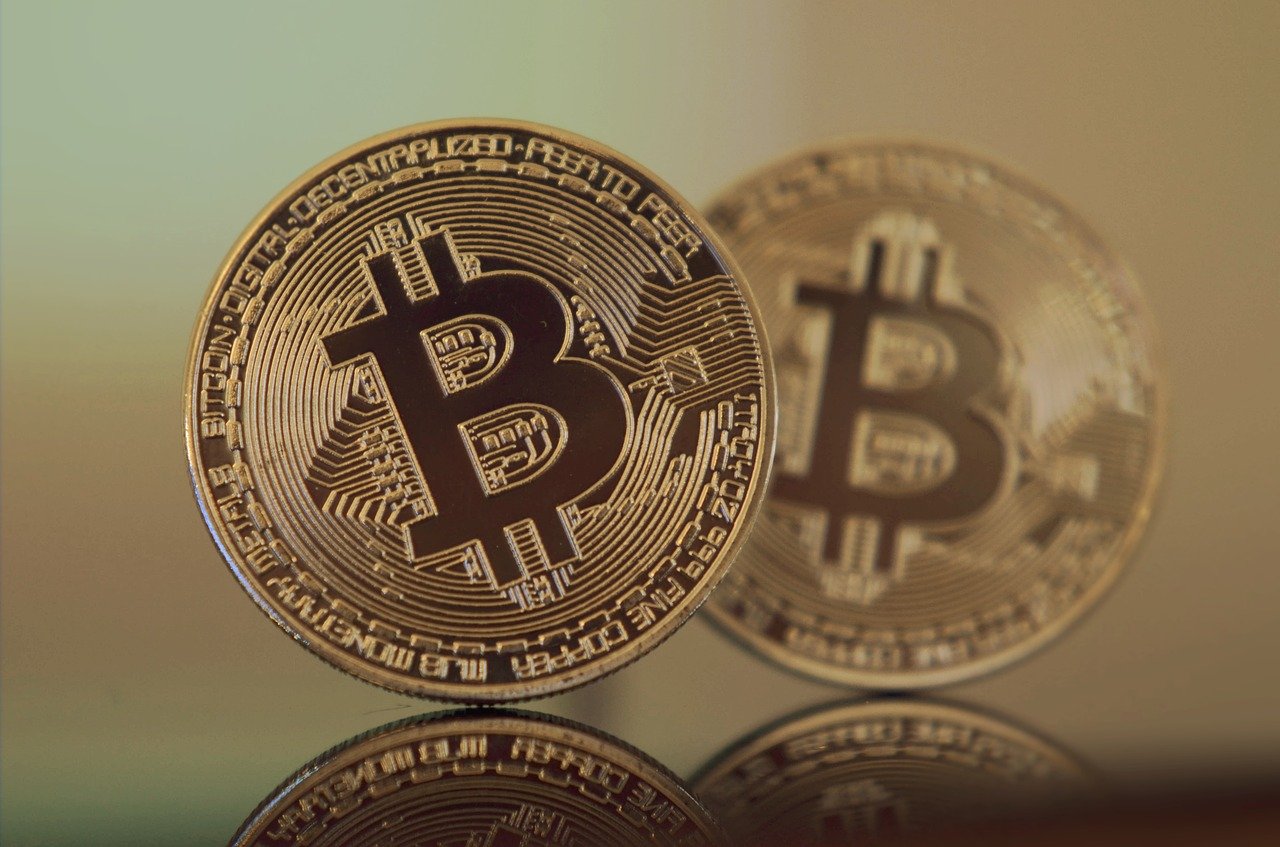

If there was a moment for Bitcoin to showcase its inflation-hedging capabilities, it would have been last week. April inflation data for the US came out, showing a surge to 4.2% (headline). Moreover, the core inflation number printed at 3% – the highest level since the mid-1990s. But how did Bitcoin perform? It tumbled 24% on the week. Meanwhile, US rates markets saw near-term (two-year) inflation expectations jump 7bps and gold rise 1%.
So what happened? Bitcoin was supposed to be the asset that would protect investors against higher inflation, right? It turns out that Bitcoin’s inflation credentials are overstated. The previous surge in Bitcoin prices in 2017 occurred with a backdrop of falling US inflation (Chart 1). So, although Bitcoin prices have been rising since the Fed expanded its balance sheet with the onset of COVID in March 2020, the cryptocurrency’s rally was as likely due to the rally in the tech sector as it was due to inflation fears.
This article is only available to Macro Hive subscribers. Sign-up to receive world-class macro analysis with a daily curated newsletter, podcast, original content from award-winning researchers, cross market strategy, equity insights, trade ideas, crypto flow frameworks, academic paper summaries, explanation and analysis of market-moving events, community investor chat room, and more.
If there was a moment for Bitcoin to showcase its inflation-hedging capabilities, it would have been last week. April inflation data for the US came out, showing a surge to 4.2% (headline). Moreover, the core inflation number printed at 3% – the highest level since the mid-1990s. But how did Bitcoin perform? It tumbled 24% on the week. Meanwhile, US rates markets saw near-term (two-year) inflation expectations jump 7bps and gold rise 1%.
So what happened? Bitcoin was supposed to be the asset that would protect investors against higher inflation, right? It turns out that Bitcoin’s inflation credentials are overstated. The previous surge in Bitcoin prices in 2017 occurred with a backdrop of falling US inflation (Chart 1). So, although Bitcoin prices have been rising since the Fed expanded its balance sheet with the onset of COVID in March 2020, the cryptocurrency’s rally was as likely due to the rally in the tech sector as it was due to inflation fears.
Indeed, over the past year, the markets most correlated with Bitcoin have been US and Chinese equities, Tesla, the Australian dollar and US bond yields (Chart 2). On the last market, it is notable that when we look at the US inflation breakeven (b/e) expectations markets, the correlation to Bitcoin collapses.
Bitcoin is really another play on risk markets, whether equities, growth or tech. The sooner investors recognize this, the less distracted they will be with arguments on Bitcoin as an inflation hedge or a replacement of the US dollar.
Bilal Hafeez is the CEO and Editor of Macro Hive. He spent over twenty years doing research at big banks – JPMorgan, Deutsche Bank, and Nomura, where he had various “Global Head” roles and did FX, rates and cross-markets research.
(The commentary contained in the above article does not constitute an offer or a solicitation, or a recommendation to implement or liquidate an investment or to carry out any other transaction. It should not be used as a basis for any investment decision or other decision. Any investment decision should be based on appropriate professional advice specific to your needs.)
